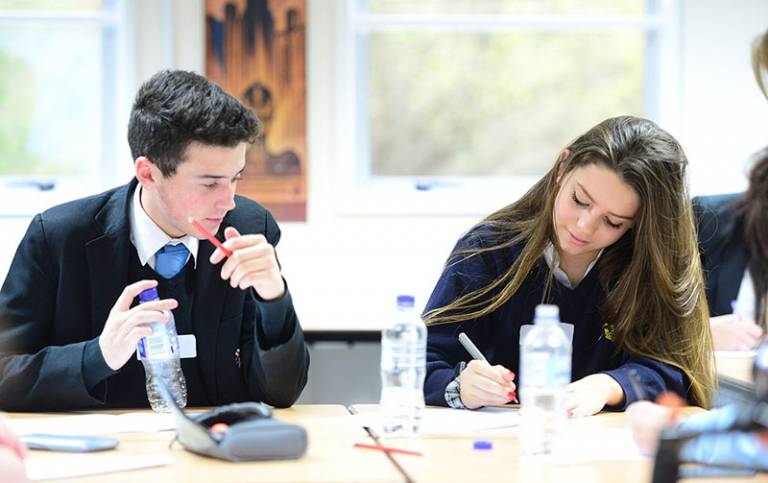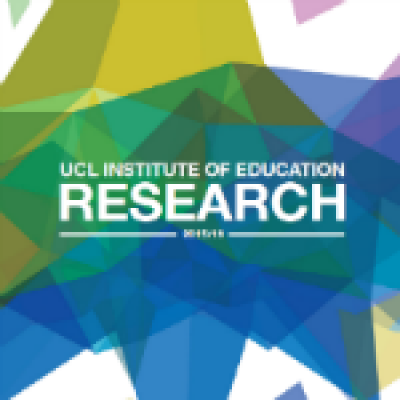Free schools reproduce socio-economic inequalities, research shows
12 July 2018
Free schools are socially selective and reproduce socio-economic inequalities, new research by UCL Institute of Education (IOE) reveals.

The study, by Professor Becky Allen and Dr Rob Higham, analysed attendance at free schools and what impact they had on neighbouring schools for the first five annual waves of free school openings.
Free schools are schools set up by an organisation or a group of individuals, funded by the government but independent of the local authority. Despite the government arguing free schools will improve social equity, the research shows that free schools are located in areas with above-average deprivation but admit intakes that are more affluent than the average for the neighbourhoods from which they recruit. This is particularly the case for primary free schools, which also recruit students with above-average prior attainment.
Free schools had a lower proportion of pupils who are eligible for free school meals than the neighbourhoods from which they recruit in every year of each of the five waves. The one exception was secondary free schools in the third year of wave three of the programme, where the free school meals proportion was the same as their neighbourhoods.
Looking at different types of free schools, the researchers found that every category of free school provider has opened schools with populations more affluent than their neighbourhoods - with the sole exception of academy chains.
The study found that this impacted schools in rural areas: the opening of a primary free school is associated with a fall of 5.4 pupils in the reception year intake at the nearest school, and a fall of 3-4 pupils at other neighbouring schools.
The opening of a rural free secondary school is associated with a fall of 16 pupils in the Year 7 role at the nearest school - the equivalent of half a class.
This was the same for secondary schools in towns, with other neighbouring schools losing two to three pupils. However, there appears to have been no impact on primary school pupil rolls in towns and cities at this stage.
While there was no impact on the closest secondary school in cities, the researchers found that other neighbouring schools in the city lose between four and seven pupils after the opening of a secondary free school.
Professor Allen and Dr Higham conclude by saying that "free schools in England join a growing list of market-based school diversity reforms that reproduce socio-economic inequalities through social selection".
The study was published in the London Review of Education today (12 July 2018).
Media contact
Rowan Walker, UCL Media Relations
T: +44 (0)20 3108 8515
E: rowan.walker@ucl.ac.uk
Links
- Read the article 'Quasi-markets, school diversity and social selection: Analysing the case of free schools in England, five years on'
- View Professor Becky Allen's research profile
- View Dr Rob Higham's research profile
- London Review of Education
Image
- Pupils studying (courtesy of Wellington College via Flickr) (CC BY-NC 2.0)
 Close
Close


